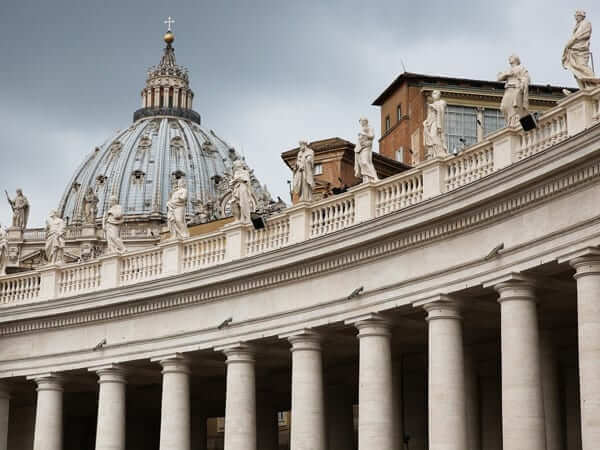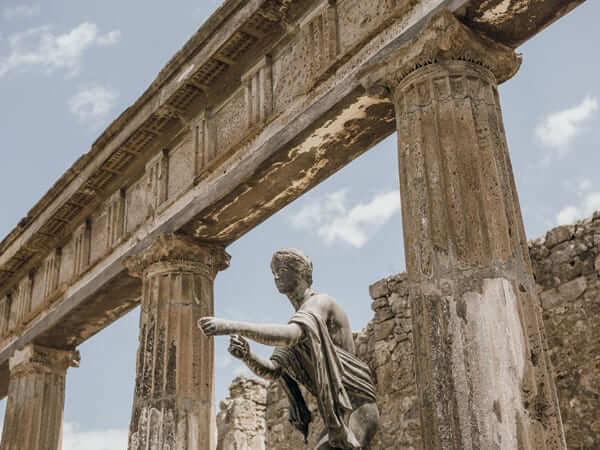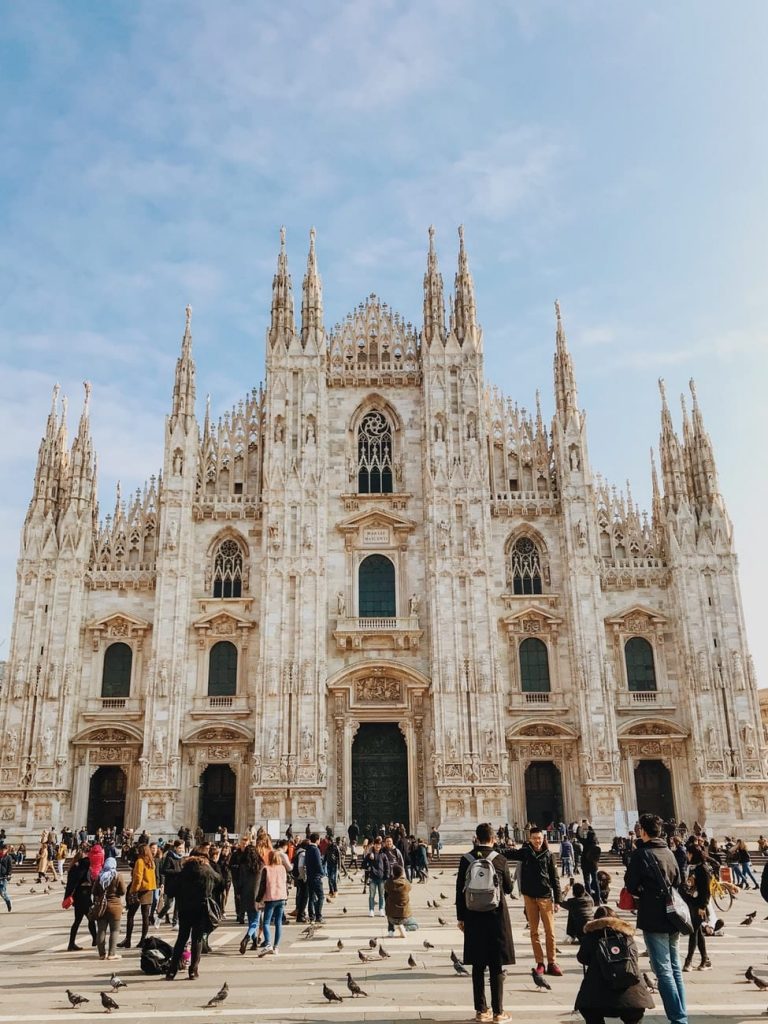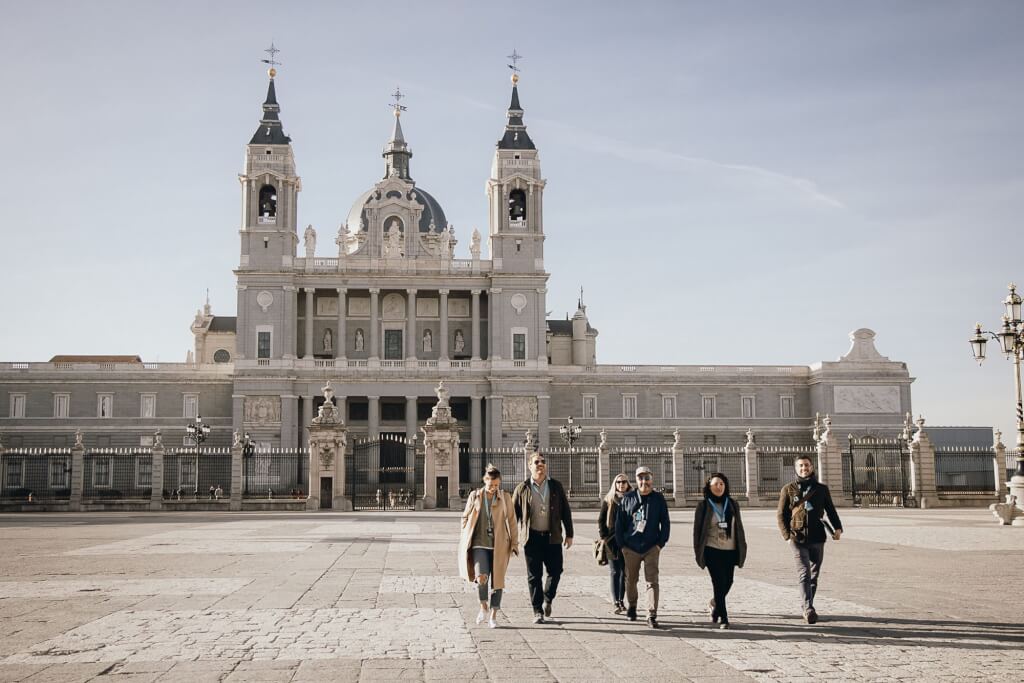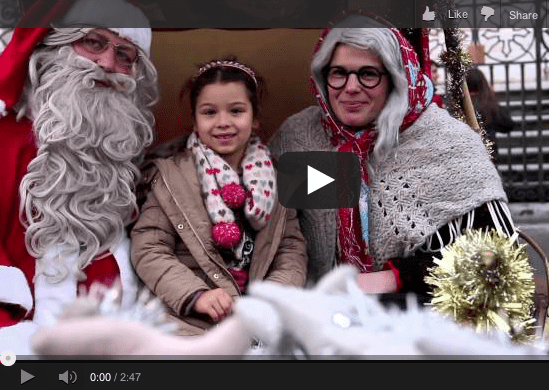
Christmas in Italy is a season rich with traditions, festivities, folklore and Italian Christmas stories that vary from region to region.
Among these, one of the most beloved and enduring traditions is the celebration of La Befana, a magical figure who plays a central role in Italian holiday customs.
While the world knows about Santa Claus and his gift-giving on Christmas Eve, Italy has its own unique figure who visits children on the night before the Epiphany, January 5th. Let’s explore this captivating tradition, from its origins and significance to the charming character of La Befana herself.
Table of Contents
ToggleWhat is La Befana?
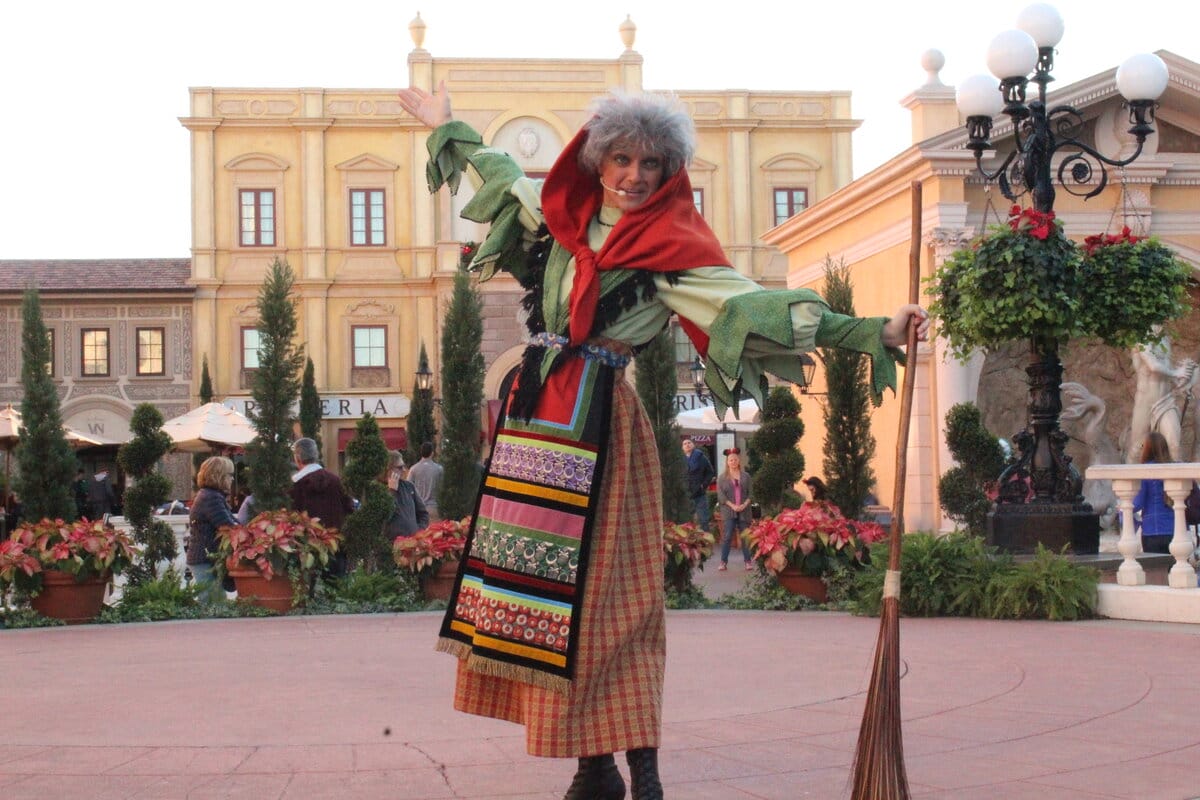
La Befana is a folkloric figure in Italian culture often depicted as an old woman or witch-like figure. Photo credit: Theme Park Tourist
La Befana is a folkloric figure in Italian culture, often depicted as an old woman or witch-like figure who rides a broomstick through the skies on the night before the Epiphany, January 5th.
On this night, she visits children across Italy, bringing gifts to those who have been good throughout the year and leaving a reminder to those who may have been naughty.
The name “Befana” is believed to be derived from the Italian word “Epifania,” which means Epiphany—a Christian holiday that commemorates the visit of the Three Wise Men to the baby Jesus.
For many Italian children, the anticipation of La Befana’s visit is as exciting as that of Santa Claus in other cultures.
On Epiphany Eve, children hang stockings by the fireplace or place them near their beds, hoping to wake up to find them filled with treats and small gifts.
La Befana’s visit marks the official end of the Christmas season in Italy, making the tradition deeply significant and eagerly awaited.
In our video here, you can see Bea, our favorite little Roman, experiencing the fun of La Befana—and of the Day of the Epiphany—with Walks of Italy’s Simona.
The origins of La Befana
The origins of La Befana are steeped in both Christian and pagan traditions, creating a fascinating blend of beliefs that have evolved over centuries.
The most widely accepted Christian legend surrounding La Befana dates back to the time of the birth of Jesus. According to this legend, the Three Wise Men, or Magi, were traveling to Bethlehem to bring gifts to the newborn Jesus.
On their journey, they stopped at the home of an old woman to ask for directions. The woman, who was busy with her housework, declined to join them on their journey, despite their invitation.
Later, she regretted her decision and tried to catch up with the Wise Men, but she couldn’t find them. Since then, La Befana has been wandering the earth, searching for the Christ Child and leaving gifts for children in the hope that one of them might be the baby Jesus.
Another interpretation of La Befana’s origins connects her to ancient Roman traditions. Before Christianity became the dominant religion in Italy, the Romans celebrated a mid-winter festival known as Saturnalia.
This was a time of feasting, merrymaking, and gift-giving, which occurred in December and January. During Saturnalia, Romans would honor various deities, including Strenia, the goddess of strength and good fortune.
Some scholars believe that the figure of La Befana may have been influenced by these ancient customs, blending them with Christian beliefs to create the tradition we know today.
Who is La Befana?
La Befana is typically portrayed as an elderly woman, often with a haggard or witch-like appearance, wearing tattered clothes, a shawl, and a kerchief on her head.
She carries a broomstick, which she uses to fly from house to house, delivering gifts to children. Despite her somewhat frightening appearance, La Befana is a kind and benevolent figure, especially in the eyes of children.
One of the most endearing aspects of La Befana is her dual nature. While she is known to bring gifts, she also serves as a gentle reminder for children to behave well.
For those who have been good, La Befana fills their stockings with sweets, fruits, nuts, and small toys. For those who have misbehaved, she leaves lumps of coal or garlic, a light-hearted nudge to do better in the coming year.
However, even the “coal” given by La Befana is often made of sugar or chocolate, ensuring that the holiday remains sweet for everyone.
La Befana’s character is a reflection of the Italian concept of “dolcezza“—a combination of sweetness, kindness, and affection.
Even though she has a stern side, she is ultimately a figure of warmth and love, embodying the spirit of generosity that is central to the holiday season.
What does La Befana bring?

La Befana brings sweets and chocolates among other gifts on the night of January 5th
The night before the Epiphany, La Befana visits homes to fill children’s stockings with gifts.
The specific contents of these stockings vary by region and family tradition, but they generally include a mix of sweets, fruits, and small toys.
Here’s a closer look at what La Befana might bring:
- Sweets and Candies: Traditional Italian candies, chocolates, and sweets are common gifts. These might include torrone (nougat), marzipan, and chocolate coins wrapped in gold foil.
- Fruits and Nuts: Oranges, mandarins, walnuts, and almonds are often included, symbolizing health and prosperity.
- Small Toys: Children may find small toys or trinkets in their stockings, adding to the excitement of La Befana’s visit.
- Coal: For those who have not behaved well, La Befana traditionally leaves a piece of coal. In modern times, this coal is often a humorous, edible version made of sugar or dark chocolate.
In addition to these gifts, some families leave a small glass of wine and a plate of food, such as sausages or bread, for La Befana, similar to the tradition of leaving milk and cookies for Santa Claus. It’s believed that these offerings will sustain her on her long journey.
Where in Italy is La Befana Celebrated?
La Befana is celebrated throughout Italy, but her presence is particularly strong in certain regions.
The tradition is most popular in central Italy, especially in areas such as Tuscany, Umbria, and Lazio, where Rome is located. In these regions, La Befana is celebrated with special events, markets, and festivals.
- Rome: In Rome, La Befana is honored with a large celebration in Piazza Navona, one of the city’s most famous squares. The square is transformed into a bustling Christmas market, where visitors can buy sweets, toys, and gifts. On the night of January 5th, La Befana herself often makes an appearance, delighting children and adults alike.
- Urbania: Urbania, a town in the Marche region, claims to be the official home of La Befana. Every year, the town hosts a four-day festival known as “La Festa Nazionale della Befana.” The event includes parades, music, street performers, and workshops where children can make their own Befana dolls. La Befana even descends from the town’s bell tower, flying over the crowd on her broomstick, much to the delight of the gathered families.
- Venice: In Venice, the tradition of La Befana is celebrated with a unique twist. On the Grand Canal, the “Regata delle Befane” takes place, where participants dressed as La Befana race in boats to the amusement of spectators lining the canal.
While these regions have some of the most elaborate celebrations, La Befana is recognized and celebrated throughout Italy, making her a beloved figure across the country.
Anything else we should know about La Befana?
La Befana is more than just a character in Italian folklore; she represents a rich tapestry of cultural traditions, religious beliefs, and the enduring power of storytelling. Her story has been passed down through generations, and she continues to capture the imagination of children and adults alike.
One of the most interesting aspects of La Befana is how she embodies the duality of Italian culture—she is both old and new, a figure of folklore and religious significance, stern yet kind.
Her broomstick and witch-like appearance connect her to the earth and nature, while her role in the Epiphany ties her to Christian tradition.
In recent years, La Befana has also become a symbol of Italian identity, celebrated not just in Italy but also in Italian communities around the world.
As Italian culture has spread globally, so too has the story of La Befana, ensuring that this enchanting tradition continues to thrive.
In conclusion, La Befana is a cherished figure in Italian Christmas traditions, bringing joy and a touch of magic to the holiday season.
Her visit on the night before the Epiphany is a reminder of the importance of generosity, kindness, and the enduring power of folklore in shaping our celebrations.
Whether you’re in Italy or simply looking to embrace a new tradition, La Befana is a wonderful way to add a bit of Italian warmth and charm to your holiday season.
by Walks of Italy
View more by Walks ›Book a Tour
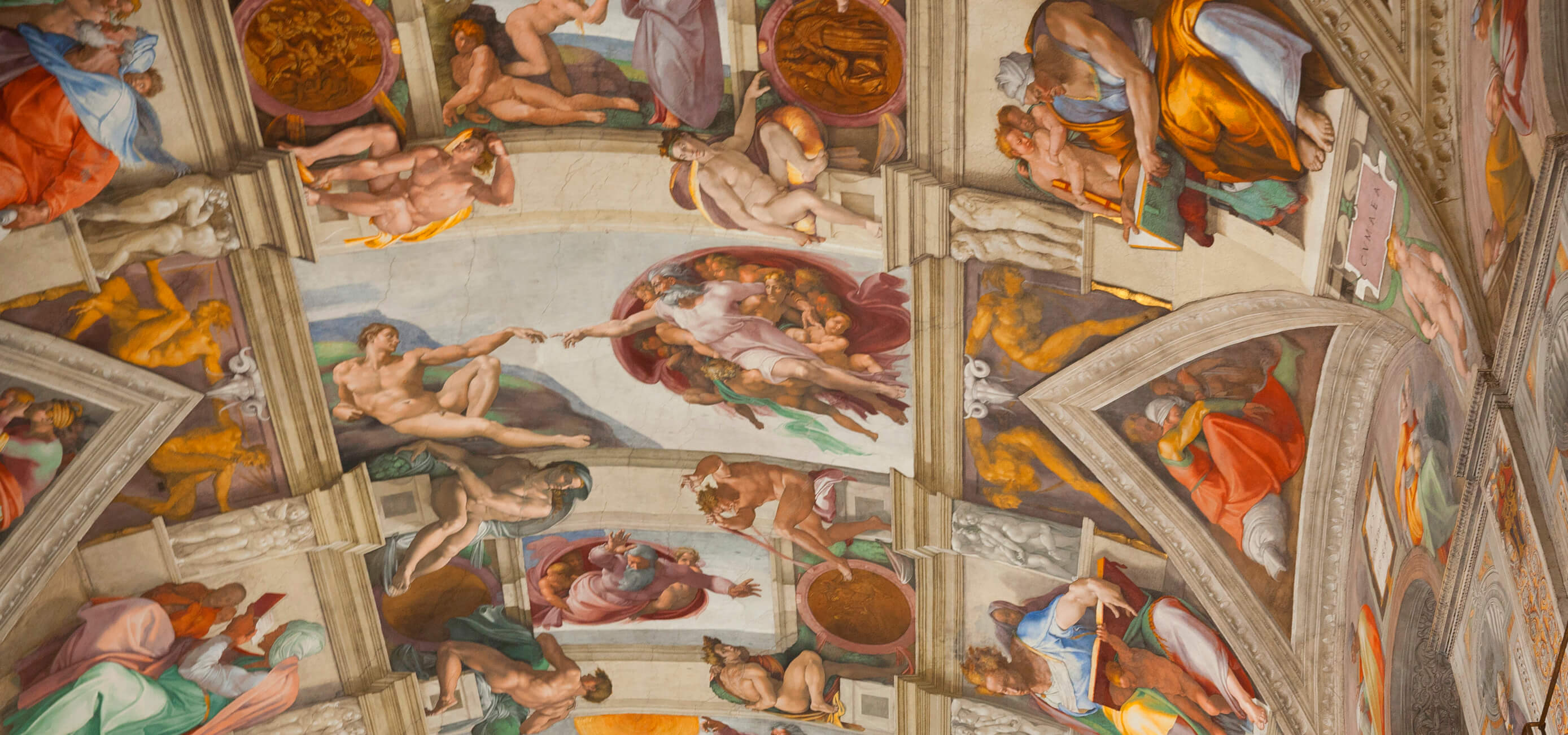
Pristine Sistine - The Chapel at its Best
€89
1794 reviews
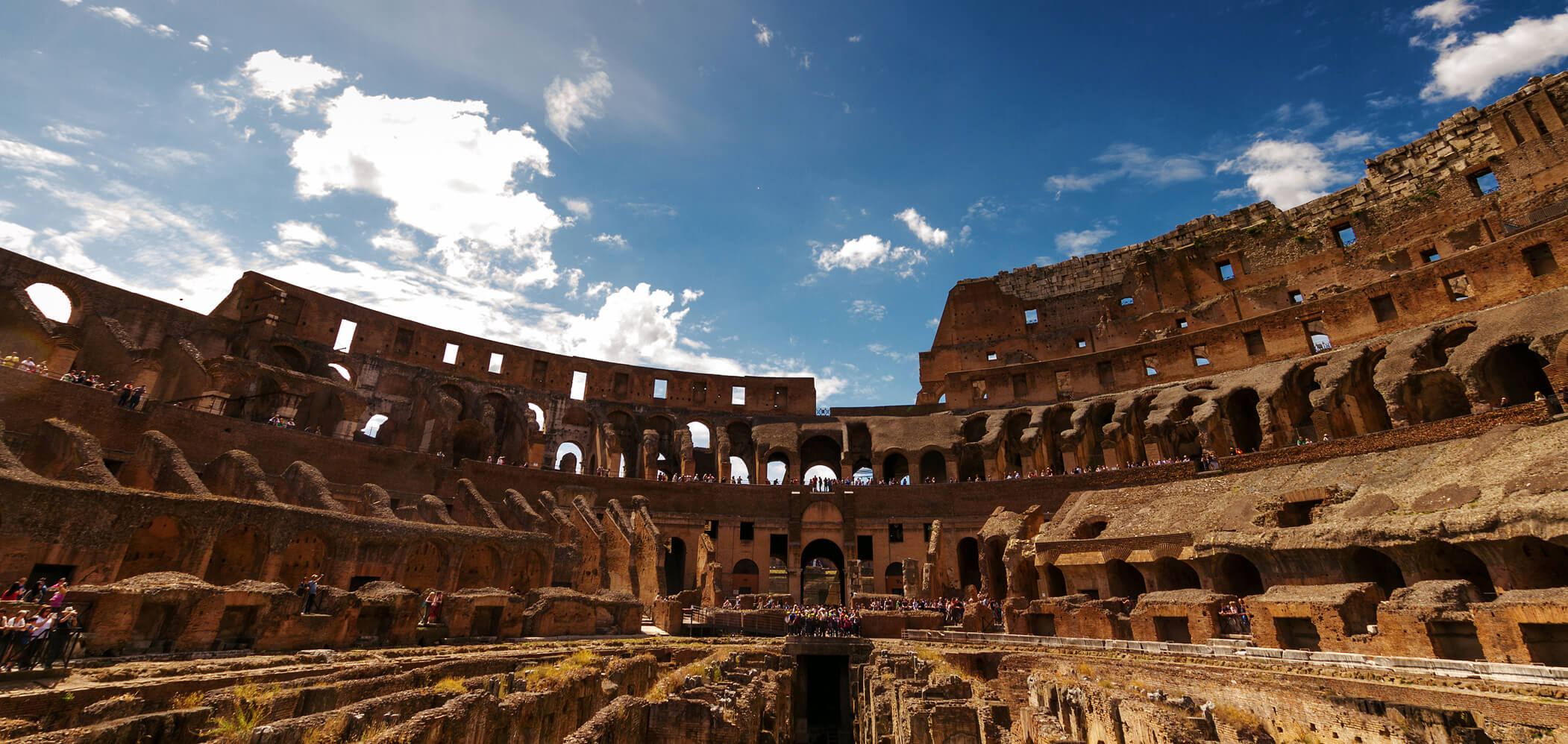
Premium Colosseum Tour with Roman Forum Palatine Hill
€56
850 reviews
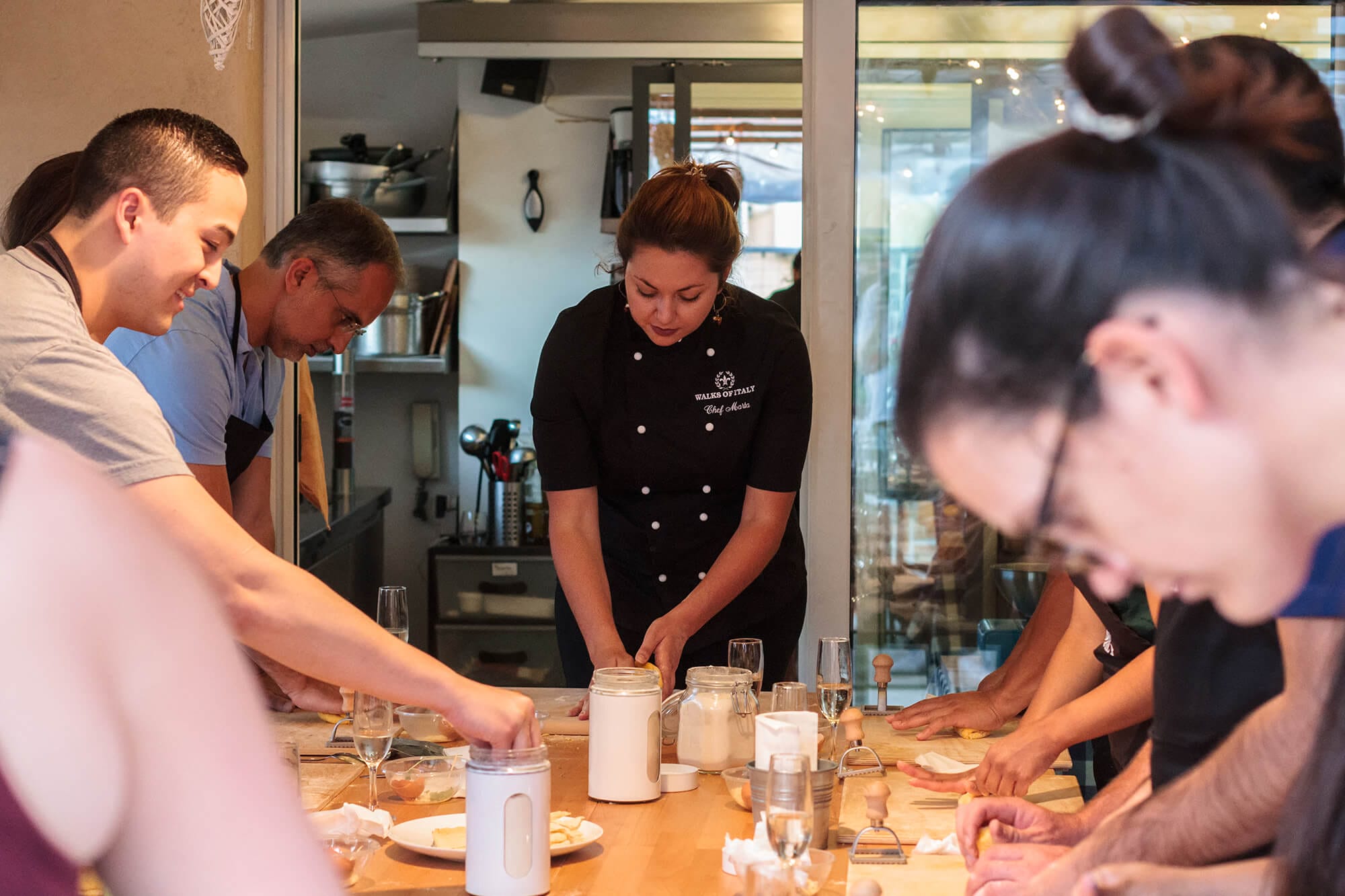
Pasta-Making Class: Cook, Dine Drink Wine with a Local Chef
€64
121 reviews
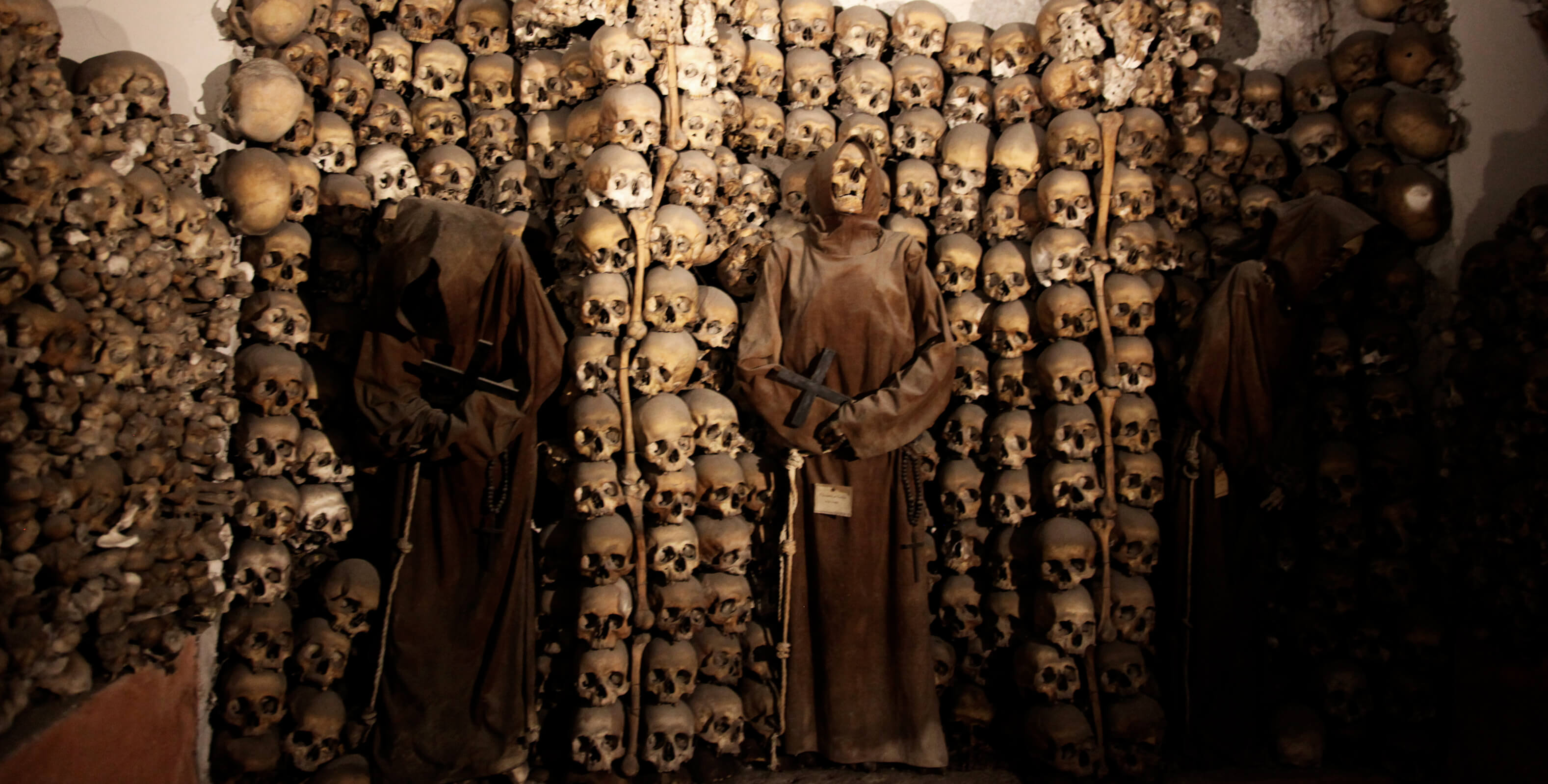
Crypts, Bones Catacombs: Underground Tour of Rome
€69
401 reviews
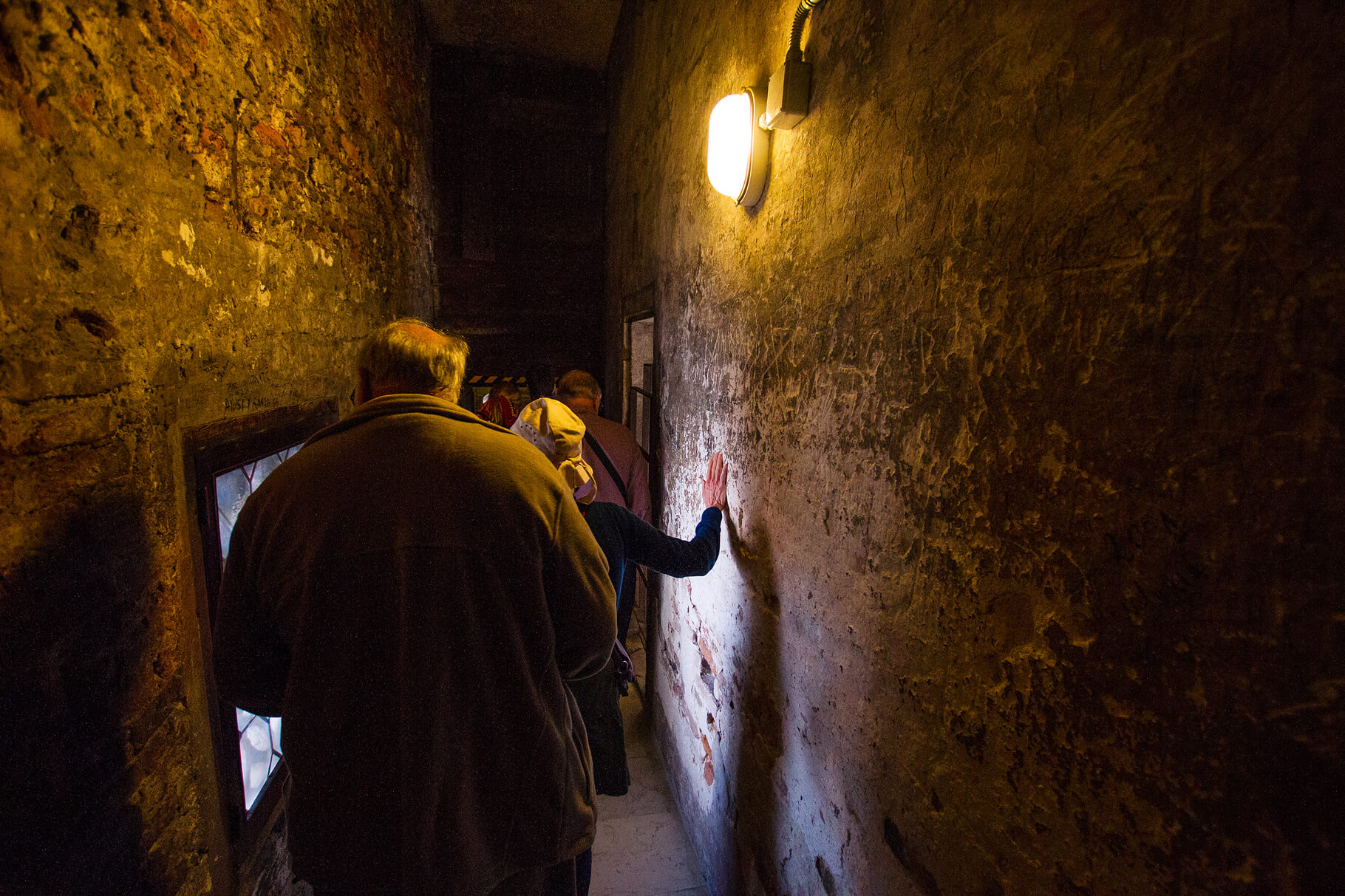
VIP Doge's Palace Secret Passages Tour
€79
18 reviews
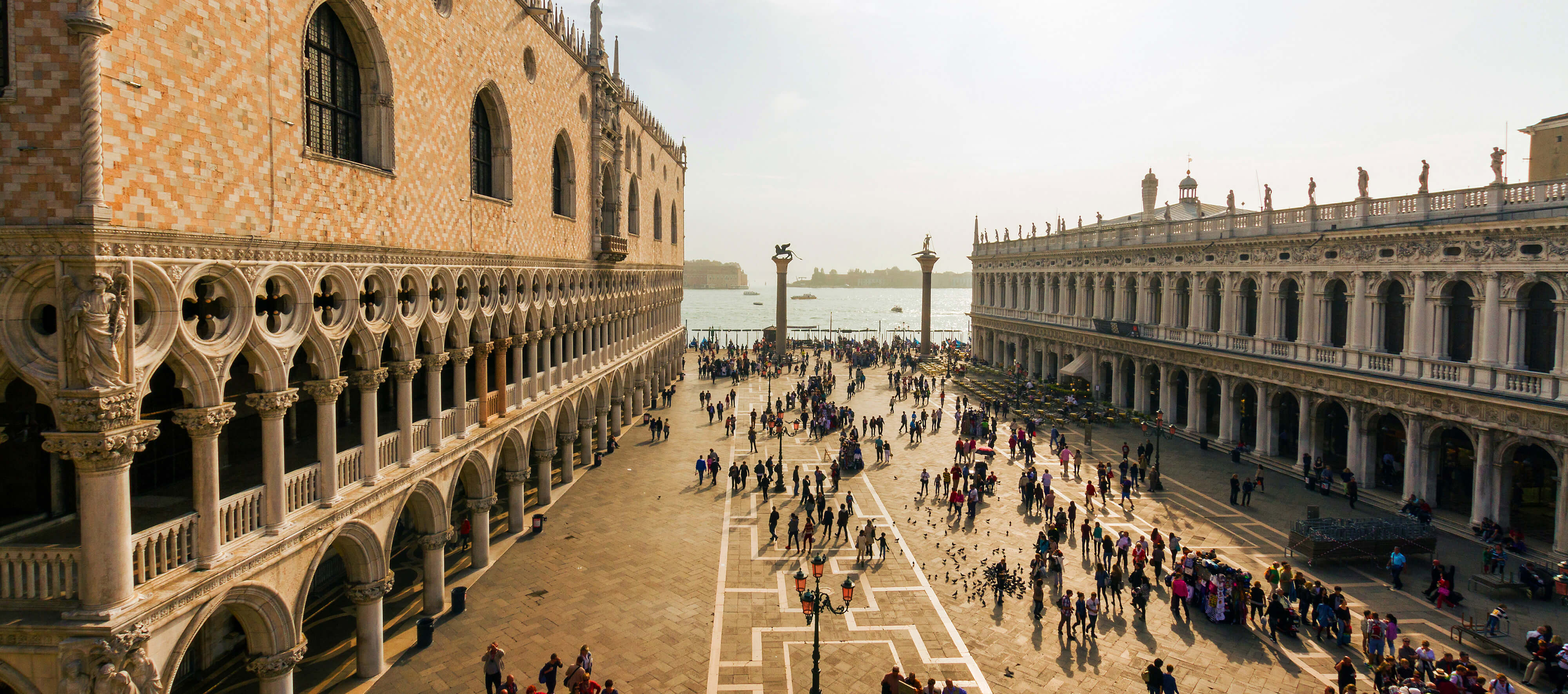
Legendary Venice: St. Mark's Basilica, Terrace Doge's Palace
€69
286 reviews

